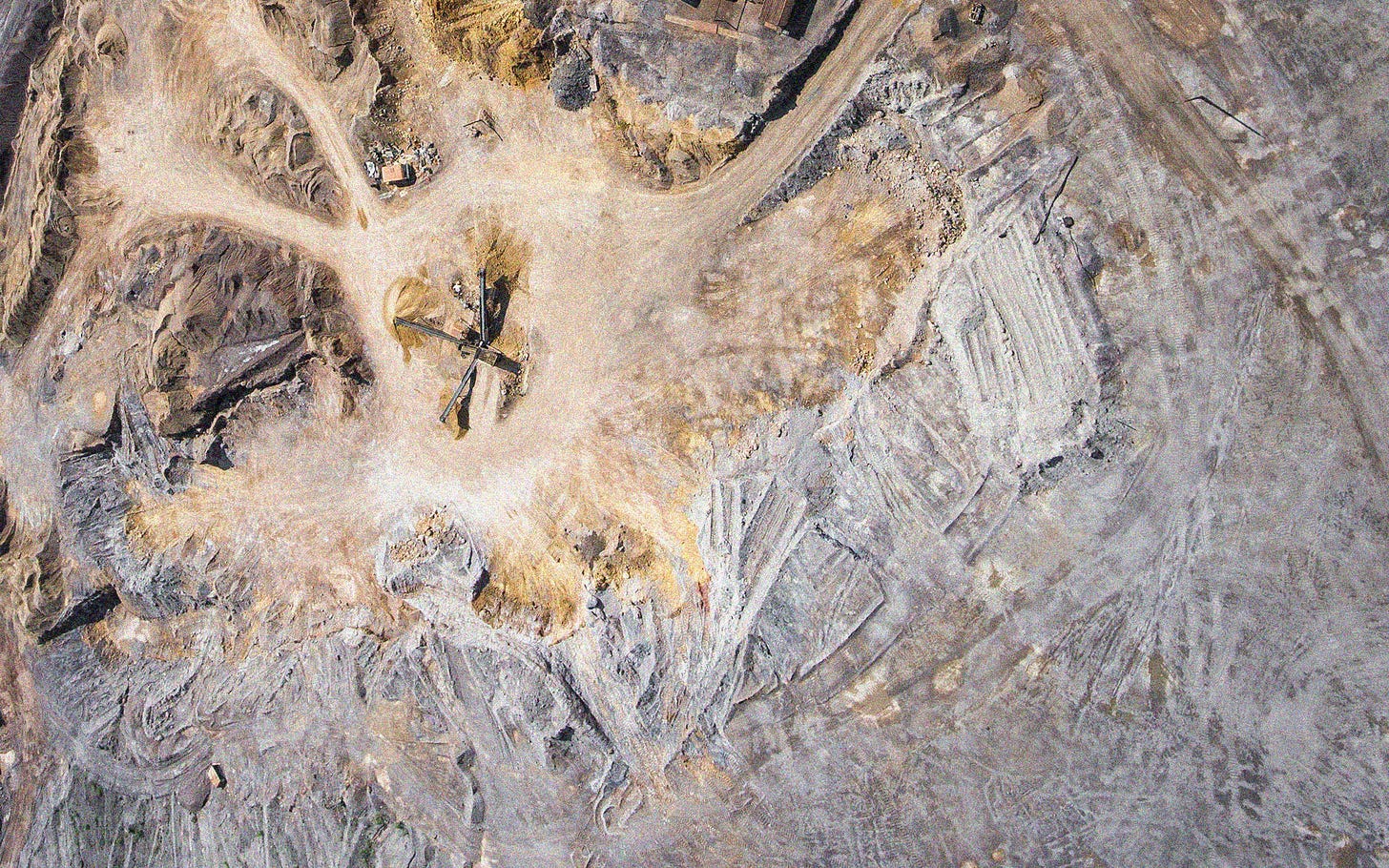#article #2024/

in his widely cited book _[ecology without nature](https://www.hup.harvard.edu/books/9780674034853)_, Timothy Morton challenges the idea of a division between humanity and nature, proposing a new form of ecological thinking. Morton argues that human beings are not the ultimate measure of all things, which contradicts the _classical humanist view_. his premise is based on Graham Harman's idea that the world is not only what is manifest to humans and that it is necessary to consider a [reality beyond our thinking](https://altexploit.wordpress.com/wp-content/uploads/2017/06/anamnesis-levi-bryant-nick-srnicek-and-graham-harman-editors-the-speculative-turn_-continental-materialism-and-realism-anamnesis-re-press-2010.pdf). both Morton and Harman defend the urgent need to [change our relationship with all other beings](https://www.livrariasnob.pt/product/humankind-solidarity-with-non-human-people). they also share the same assumption defended by Arturo Escobar: [all entities are interdependent](https://www.dukeupress.edu/designs-for-the-pluriverse), from objects to animals, from plants to minerals. this consideration forces us to realise that human beings are no longer seen as ontologically unique in terms of their [agency](https://dictionary.cambridge.org/dictionary/english/agency)[^1].
in part, this reflects the fact that we are rethinking the very definition of _agency_. by recognising and embracing this idea, we can begin to develop a more comprehensive ecological understanding that transcends traditional divisions and hierarchies.
in the form of the [[object-oriented ontology (ooo)]] theory, a vision is proposed in which the human being is no longer the centre of the universe and is not placed above other beings. Graham Harman presents the concept of _flat ontology_, which opposes reductionism and open hierarchisation. for _flat ontology_, the main enemy is _taxonomical prejudice_. this prejudice assumes from the beginning that the world must be divided into a small number of types of entities - _cartesian dualism_ is an excellent example of this prejudiced hierarchization.
a flat ontology does not mean a reduction in the importance of the human being. on the contrary, it is a restructuring that aims to look at ["all objects equally"](https://www.harvard.com/book/object-oriented_ontology_a_new_theory_of_everything/) and a rejection of the [“ontological delusion that humans are radically different in kind from all other entities”](https://www.harvard.com/book/object-oriented_ontology_a_new_theory_of_everything/). in this way, preconceived hierarchies are contradicted and a first egalitarian approach to objects is achieved.
as Ian Bogost says:
[“all beings equally exist, yet they do not exist equally”](https://www.upress.umn.edu/book-division/books/alien-phenomenology-or-what-itas-like-to-be-a)
in doing so, he admits that not all things are equal in qualities, but they are equally important. thus:
- all objects deserve the same attention;
- one object is not _a priori_ more important, critical or sacred than another;
- human beings are no exception to this rule.
to reinforce the position that everything is interconnected, Harman defines ooo as a philosophy against ["physicalism, smallism, anti-fictionalism and literalism"](https://www.harvard.com/book/object-oriented_ontology_a_new_theory_of_everything/) and that ["... among other things, OOO holds that the external world exists independently of human consciousness"](https://www.harvard.com/book/object-oriented_ontology_a_new_theory_of_everything/). against smallism, object-oriented thinking argues that objects are constantly related in different dimensions and scales, physical, psychological or temporal, being understood actively or passively. all this happens in ways that escape human comprehension. according to harman, there is no direct access to the world that can permanently establish the existence of objects because there is no permanent knowledge. in other words, something is always unknown or inaccessible, no matter how much we observe, measure or interact with it. this leads us to consider that the complexity and greatness of an object cannot make it less or more real than its parts.

in the same way, we should not rush to eliminate fictional objects from existence. by fictional, Harman isn't just referring to fictional characters, but also to everyday objects that we apparently consider to be real, and to which we can never access the truth of their existence. after all, without interaction, there is no tangible division between reality and fiction. furthermore, this leads us to an anti-literalist approach. this approach is based on the fact that any literal description or perception of something does not give us its essence, but only a small translation. access to reality through interaction - such as the face-to-face perception of a problem - is therefore a more sensible way of accessing reality than any literal information.
in conclusion, _object-oriented ontology_ (ooo) emphasises the equal importance of all objects and their complex relationships, challenging traditional hierarchies and human-centred perspectives. this approach transposed to design can help define a posture that counteracts preconceptions and makes all actors equal parts of the process. in doing so, we constantly question the vastness of independent objects that are beyond our consciousness.
[^1]: i like to look at its meaning as "...the ability to take action or to choose what action to take”